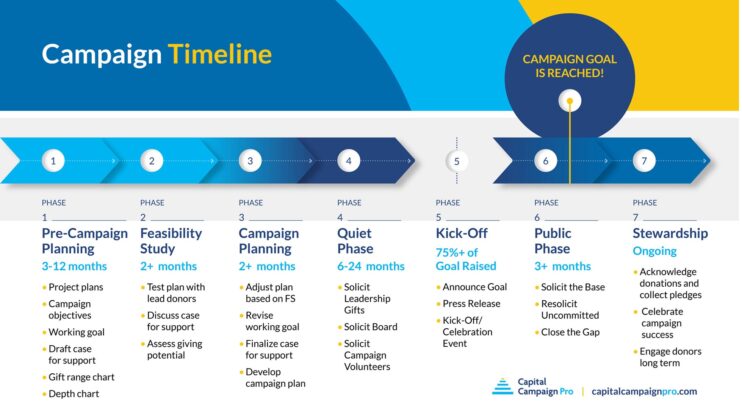How to Make Your Capital Campaign an Effective Trojan Horse

Do you remember that huge wooden horse that the Greeks left outside the gates of Troy during the Trojan War? If not, here’s a refresher:
The Greeks and the Trojans were fighting a bitter war. The Greeks pretended to withdraw and sail away from Troy, leaving an enormous wooden horse behind. And the Trojans, thinking this was a sign they had won the war, pulled the horse into their city and celebrated, not suspecting that a select force of Greek soldiers was hiding inside. Come nightfall, the soldiers crept out of the horse and opened the city gates for the Greek army, which had secretly returned. The Greeks entered the city, surprising the Trojans and winning the war.
I’ve always liked the idea of using nonprofit capital campaigns as Trojan Horses. Under the guise of a big fundraising campaign, you can solve organizational problems that have probably existed for years. Problems that your organization hasn’t wanted to invest in solving because the stakes weren’t big enough.
But you have to be strategic about what you place in your proverbial Trojan Horse, just like the Greeks, who entrusted their best soldiers with the Trojan Horse mission. You’ll need to carefully consider what areas of your operations could be improved, and what you will do to make those positive changes.
Identifying Potential Improvements
At Capital Campaign Pro, we identify seven phases of a capital campaign:

The first phase is what we call “Pre-Campaign Planning.” Though this phase often starts months before a campaign actually begins, we see it as one of the most important phases.
This is when you’ll take a close look at how ready your organization is for a campaign and use the pending campaign to muster the energy and resources to strengthen and fix the things that are not up to par.
You’ll look at aspects of your organization like:
- Development Office Readiness
- Board Readiness
- Systems and Technology Readiness
- Overall Campaign Readiness
Putting your organization through an organized and intentional process of evaluating campaign readiness will get your team to work together constructively to identify and rectify some things that may have been weak for some time.
For instance, you may find out during your feasibility study that a few members of your board are not very invested in the campaign and are unwilling to give large gifts to the cause. Chances are board members with these attitudes haven’t been as effective as they could have been for a while now. And while this is unfortunate, your campaign offers you the chance to shake things up on your board, finding new roles for board members who aren’t fulfilling their responsibilities and recruiting a few new members.
When you identify an issue like this ahead of a capital campaign, it’s more likely that it will get addressed quickly. This is because the looming campaign is likely larger than any fundraising your organization has ever done before, your board and staff are likely to be more amenable to making the required changes.
Conducting a Readiness Assessment
To help you prepare for a campaign, we’ve developed a Capital Campaign Readiness Assessment to guide you through the process.
This assessment process is always done better by groups of people rather than by one development director. So, as you look at each assessment area, consider who you will ask to participate in the assessment process. In doing so, you will start to educate people about what is working and what needs work.
Some of the things you will need to upgrade may require an investment, like partnering with an external consultant. And with the campaign being planned, you may be able to draw from a specific campaign budget, making it easier to muster the resources you need to make the changes and improvements.
A capital campaign offers the potential to transform your organization for the better (in addition to helping you complete a major project or initiative). But to set yourself up for enhanced long-term success, you need to evaluate your organization to determine what problem areas you can fix during the campaign.
Using the Capital Campaign Readiness Assessment as your guide, you can choose what to put in your own capital campaign Trojan Horse. And when your board pulls that horse into your organization, you can let those improvements out of the belly of the beast and ensure your organizational weak spots are finally conquered.
